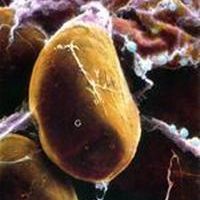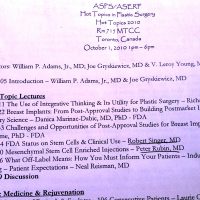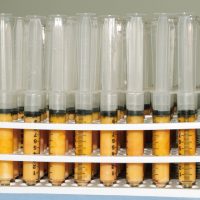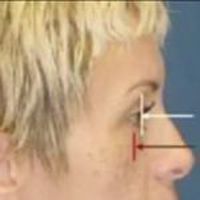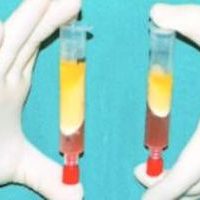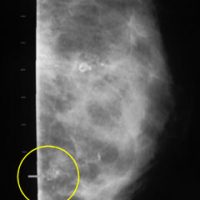
Fat grafting, also known as fat transfers or fat injections, is a plastic surgery procedure which removes fat from unwanted areas of your body, carefully processes the fat, and then reinjects your own adipose fat tissue where more volume is desired. Fat injections can help rejuvenate your face, your buttocks, your hands, or your breasts. Fat injections are also being used in breast reconstruction surgery. Fat grafting will restore volume to the breast and can be performed with or without an implant. Lately we have seen some plastic surgery blogs expressing concern regarding how fat injections to the breast affect mammograms. We feel that both sides of the story are not being told, so we would like to address that here.




